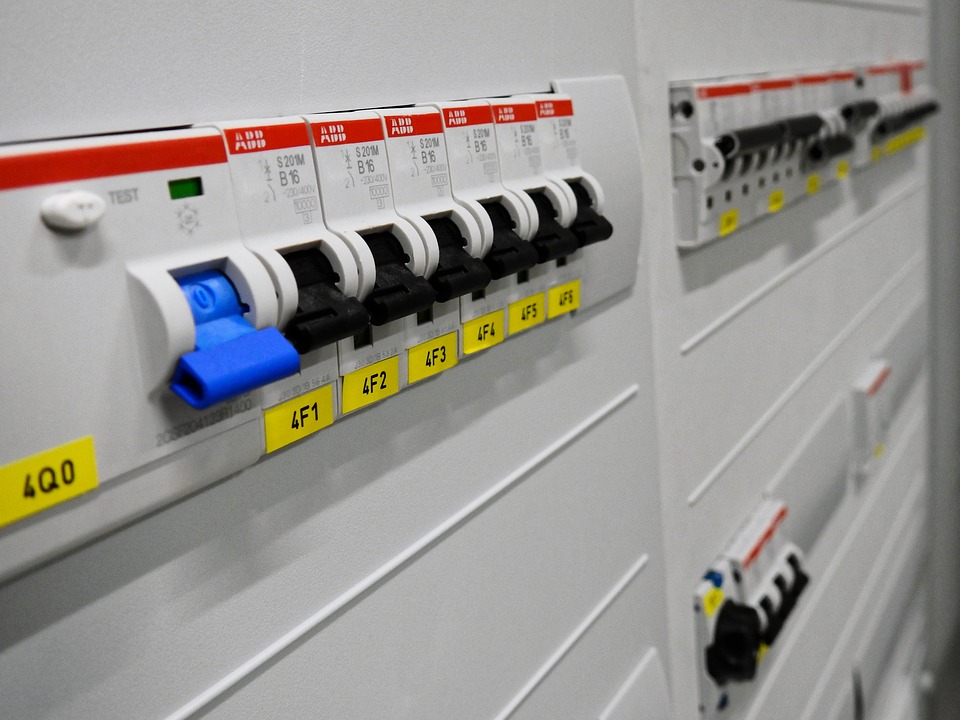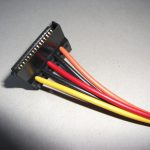
Electrical Faults
Electrical faults pose risks of varying magnitudes. It can cause damage to equipment, potential electrical shocks or even fire alarm system. The most obvious indications of faults are flickering lights, damaged electrical appliances or even faulty sockets. Many people’s immediate reaction when they witness these signs is to head to the meter cupboard. More often than not immediate suspect is usually the blown fuse. Whereas this might be right, it is prudent to find out fault that caused the fuse to blow.
Types of electrical faults
There are three types of common electrical faults;
- Short circuit electrical faults
- Open circuit faults
- Overload circuit faults
Short circuit electrical faults
This is an abnormal low-resistance connection between two nodes in an electrical circuit which is meant to be at different voltages. A short-circuit leads to the excessive current which then causes the breaker to trip. It is caused by when a phase wire touches another or comes in contact with the neutral. A short-circuit can also be caused by a break in a wire in an electrical circuit. Short-circuits are quite difficult to diagnose since they could be caused by appliances plugged into the outlets or the wiring network.
How to identify short-circuit faults
First, switch off the power outlet into which the device is plugged. You should then inspect the power cords for any damages or melted appearance. Also, inspect your power outlets or plugs for any the smell of burning. , Inspect the cable insulation for any cracks. If you do not find any problem then repeat the process for all the outlets within the circuit.
Open Circuit Electrical Circuits
An open circuit occurs when an open occurs along the conducting pathway. As such, to restore the circuit to proper operation, the open has to be located and bridged.
How to identify open circuits
Some open circuits can be located by visual inspection. Some will require the use of a multimeter since they may not be visible to the naked eye. This is mostly so if it occurs within a cable that is covered by insulation.
Earth Fault
Ground faults occur when the live wire touches the earth wire or the earthed side of a metal outlet box. A ground fault is actually a type of short circuit. It ensures that the exposed conductive surfaces have the same potential as the earth’s surface so as to avoid the risk of electrical shock whenever touched by a user. It ensures that in the event the insulation is faulty, high current flows triggering an overcurrent protection device hence disconnecting the power supply.
How to identify earth faults
Being a type of a short-circuit, earth faults, you need to check that the supply is not touching the side of the metal outlet box.
Summary
Before you change that blown fuse or switch that MCB back on, takes a step to find out the fault the caused the fuse the blow. In the event of a short-circuit, ensure that you have the necessary equipment to test for the same.





















